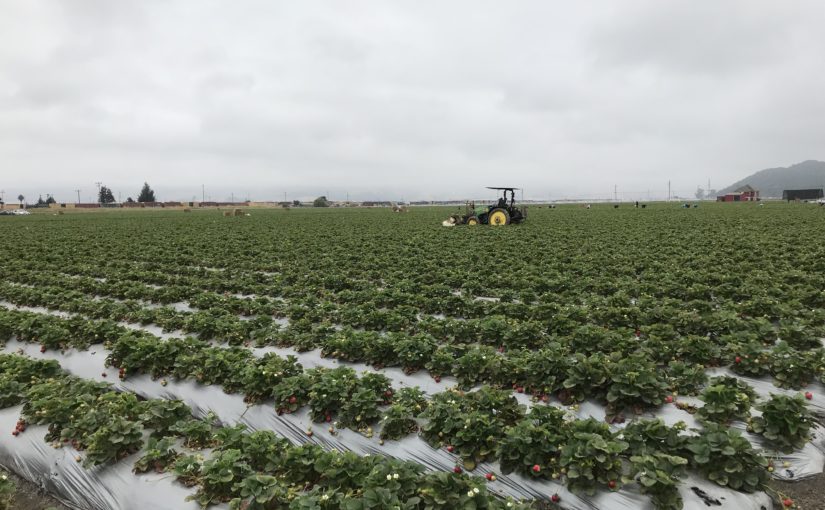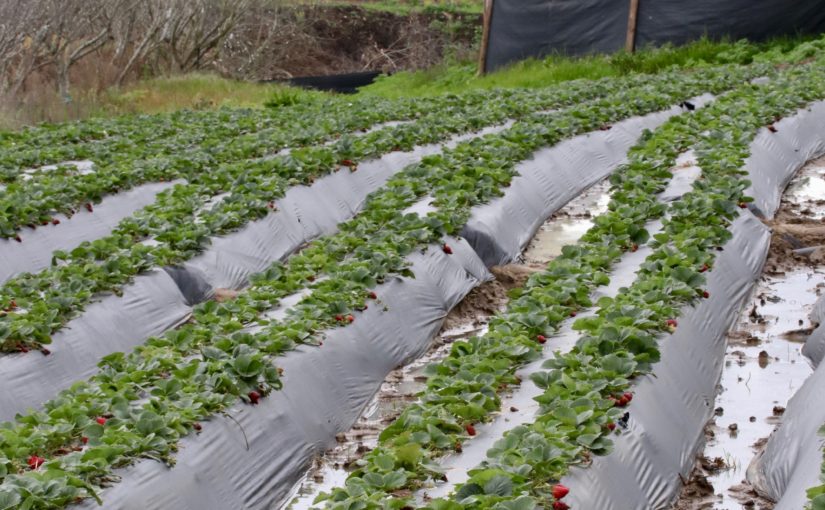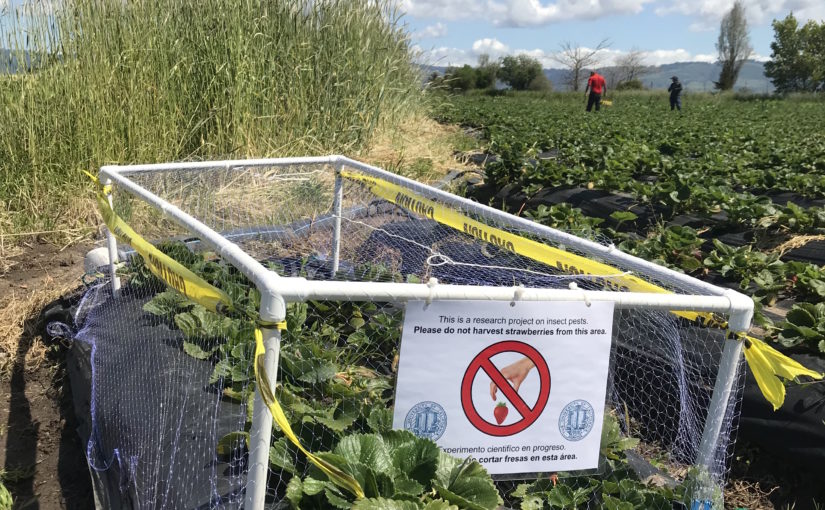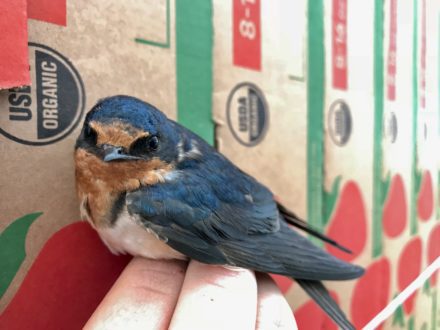Mar 11, 2020Natural habitat around farms a win for strawberry growers, birds and consumers
Conserving natural habitat around strawberry fields can help protect growers’ yields, their bottom line and the environment with no detectable threat to food safety, indicates a study led by the University of California, Davis.
In the study, published in the journal Ecological Applications, researchers conducted grower surveys and experiments at 20 strawberry farms stretching between Santa Cruz, Watsonville, and Salinas on California’s Central Coast — a region that produces 43 percent of the nation’s strawberries.
“Our results indicate that strawberry farmers are better off with natural habitat around their farms than without it,” said lead author Elissa Olimpi, a postdoctoral researcher in the lab of Daniel Karp, assistant professor with the UC Davis Department of Wildlife, Fish and Conservation Biology.
Conserving habitat saves growers money


The study’s models indicate that adding natural habitat can decrease crop damage costs by 23 percent. Removing natural habitat can increase costs up to a whopping 76 percent.
Critically, farms with more natural habitat showed no evidence of higher fecal contamination on or surrounding strawberry plants. Also, while bird feces were regularly encountered on the ground, only 2 of 10,000 berries examined showed signs of direct fecal contamination. Those berries would be removed from food production during the hand-harvesting process.
“We found no evidence that conserving habitat presented a food safety risk,” Olimpi said.
Food safety and natural habitat
The results run contrary to market-driven farm management practices that encourage habitat removal to decrease bird fecal contamination and crop damage. Natural habitat includes forests, grasslands, wetlands and shrubs.


Those measures were developed in response to a deadly outbreak of E. coli in 2006 that was traced to spinach grown in the region. Since then, private food safety protocols and public regulations were designed to help avert further foodborne illness crises. Yet some requirements may compromise environmental and social sustainability, as a 2019 study by Olimpi describes.
Between 2006 and 2009, roughly 13 percent of the riparian habitat along the Salinas River was removed in response to food safety reforms, notes a 2013 study.
A barn swallow perches on a hand by boxes for strawberries. Barn swallows tend to swoop over the centers of strawberry farms to eat pests and other insects. (Elissa Olimpi/UC Davis)
Muting the negative
The study notes that wild birds did create crop damage in some cases, particularly at the edges of farms. And while they help control insects, some of those are beneficial insects. But overall, the presence of natural habitat muted the effects of birds on farms and associated damage costs.


In other words, says Olimpi: “No matter your crop damage, birds will be more beneficial when you have natural habitat. We think the natural habitat is providing what they need, so the strawberry field isn’t this oasis for them.”
The work is part of a larger research goal to explore how agricultural landscapes can both support and benefit from biodiversity and ecological communities.
“The future of many species hinges on them being able to survive in working landscapes,” Olimpi said. “If we can find those opportunities in agriculture where we can enhance biodiversity and production, that’s the golden ticket.”
The study was funded by a grant from the U.S. Department of Agriculture’s National Institute of Food and Agriculture.
Media contact(s)
Elissa Olimpi, Wildlife, Fish and Conservation Biology, [email protected]
– Kat Kerlin, University of California
A barn swallow perches on a hand by boxes for strawberries. Barn swallows tend to swoop over the centers of strawberry farms to eat pests and other insects. Photos: Elissa Olimpi/University of California















